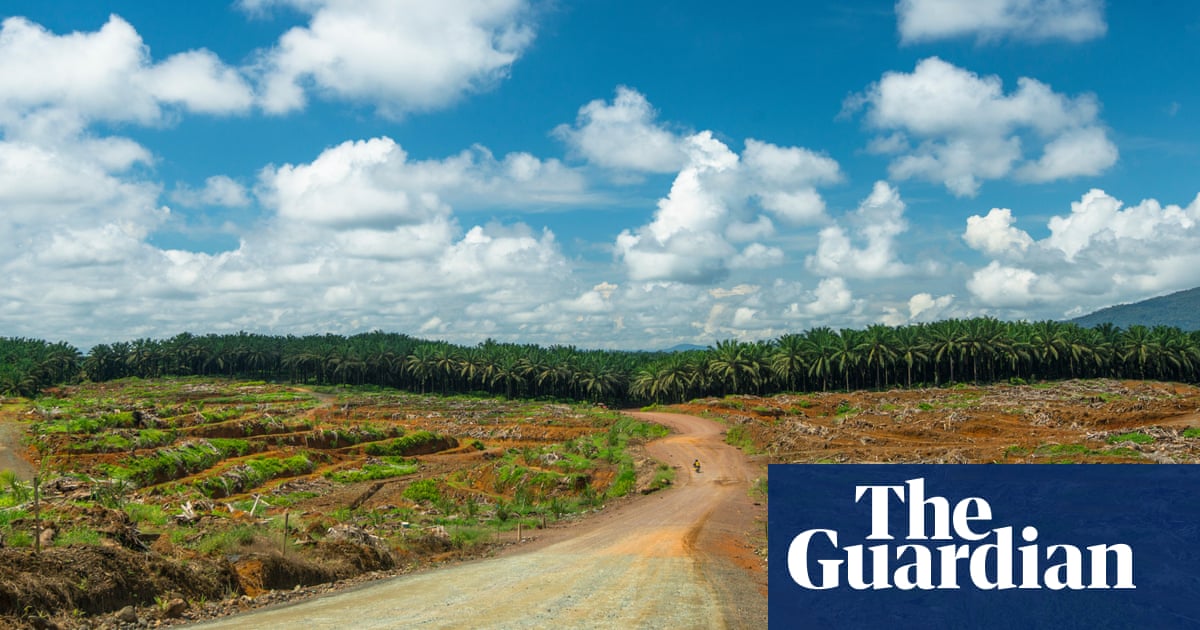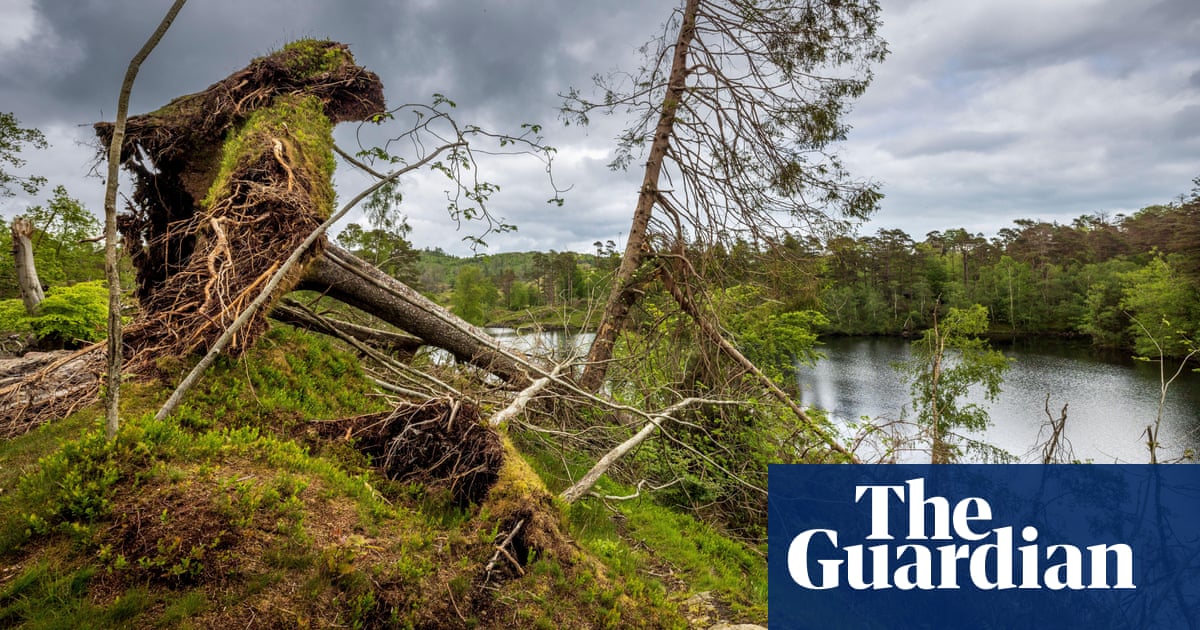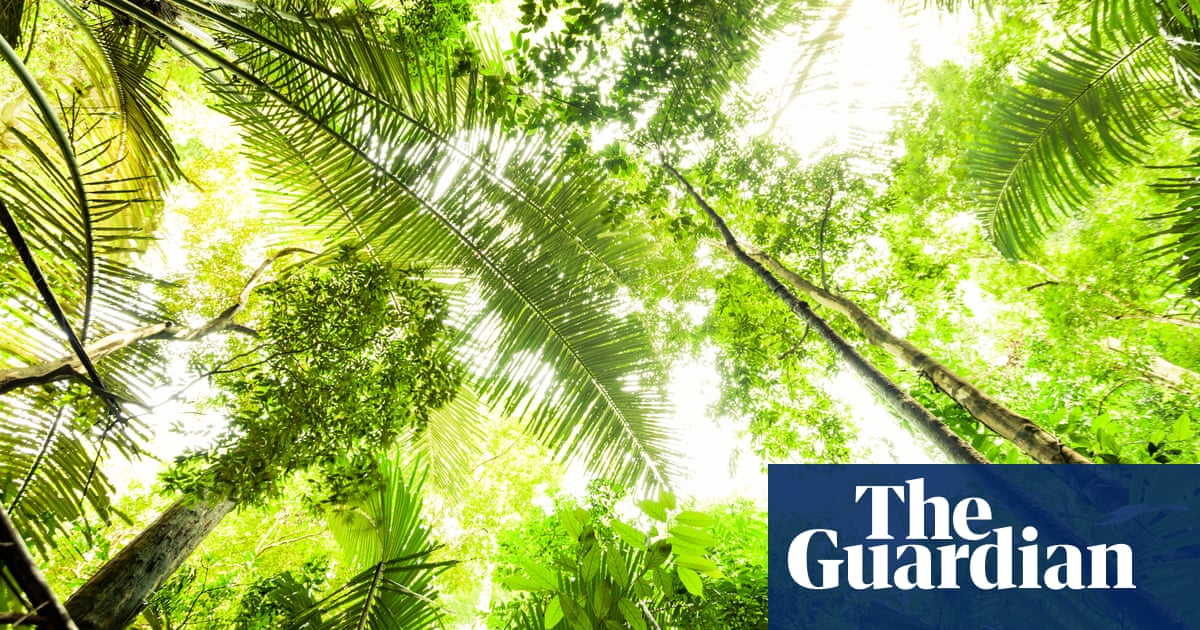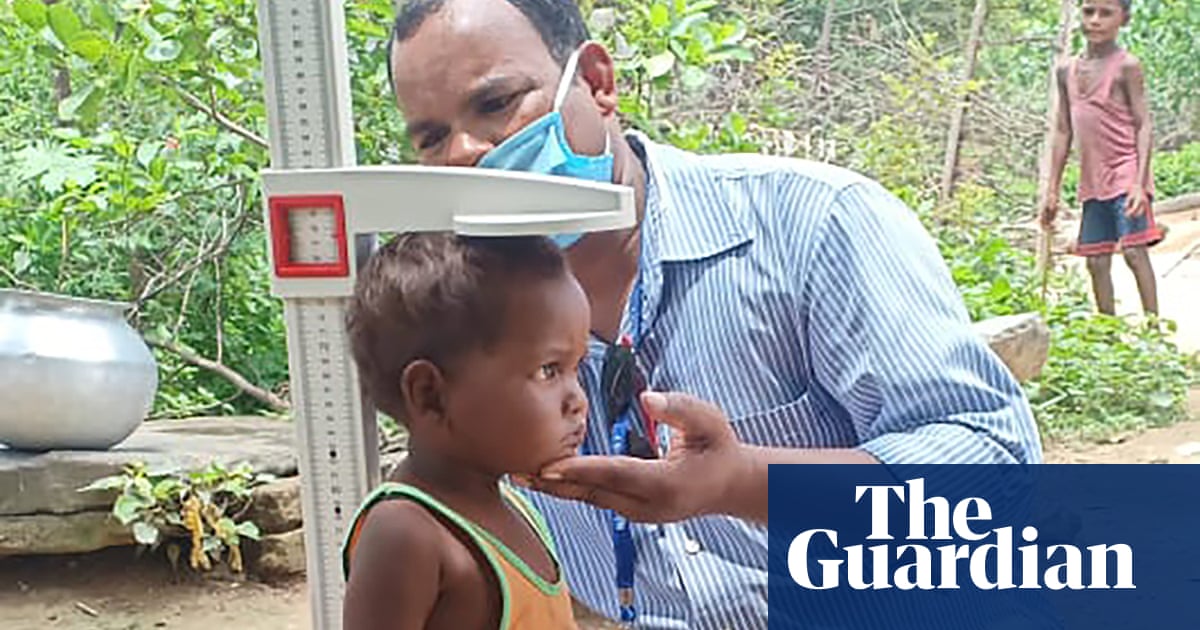
Replanting logged tropical forests with a diverse mixture of seedlings can help them regrow more quickly than allowing trees to regenerate naturally, a study has shown.
Satellite observations of one of the largest ecological experiments in the world in the Malaysian state of Sabah have revealed how lowland rainforest recovered over a decade.
After trees were felled in the 1980s, the publicly owned Malua Forest Reserve was dedicated to learning how best to restore tropical forests. A 500-hectare (1,235-acre) study site was divided into 125 experimental plots that, in 2002-03, were either left to recover naturally or planted with a mixture of one, four or 16 native tree species.
By 2012, the plots replanted with a mixture of 16 native tree species showed a quicker recovery of canopy area and total tree biomass, compared with areas replanted with four or only a single native species. But even plots replanted with just one tree species recovered more quickly after 10 years than those left to naturally regenerate.
Prof Andrew Hector, of the University of Oxford, who set up the experiment more than 20 years ago as part of the South East Asia Rainforest Research Partnership (SEARRP), said: “Our new study demonstrates that replanting logged tropical forests with diverse mixtures of native tree species achieves multiple wins, accelerating the restoration of tree cover, biodiversity, and important ecosystem services such as carbon sequestration.”
The researchers, who published their findings in the journal Science Advances, said that the probable reason for the better recovery was that different tree species occupied distinct niches within the forest ecosystem and so diverse mixtures of planted species complemented each other and increased the effective functioning of the whole ecosystem. For instance, some tropical species were more tolerant of drought because they produced more protective chemicals, giving the forest resilience during periods of low rainfall.
Hector added: “Having diversity in a tropical forest can be likened to an insurance effect, similar to having a financial strategy of diverse investment portfolios.”
Tropical forests cover 6% of the planet’s land surface but are home to about 80% of the world’s documented species and are major carbon sinks. Between 2004 and 2017, 43m hectares of tropical forest were destroyed, an area the size of Morocco.
Restoring forests that have been logged is a crucial part of tackling the climate and extinction crises but it is debatable whether this is best achieved through allowing forests to restore themselves via seeds in the soil or through active replanting.
The Sabah biodiversity experiment planted nearly 100,000 trees, including several endangered species and the world’s tallest tropical tree, Shorea faguetiana or yellow meranti, which can reach more than 100 metres in height.
The recovery of the plots was assessed by applying statistical models to aerial images captured by satellites.
Ryan Veryard, the lead author of the study, said: “Importantly, our results show that logged forest can recover so long as it is not converted to agricultural uses like oil palm plantation. They also emphasise the need to conserve biodiversity within undisturbed forests, so that we can restore it in areas that have already been logged.”












